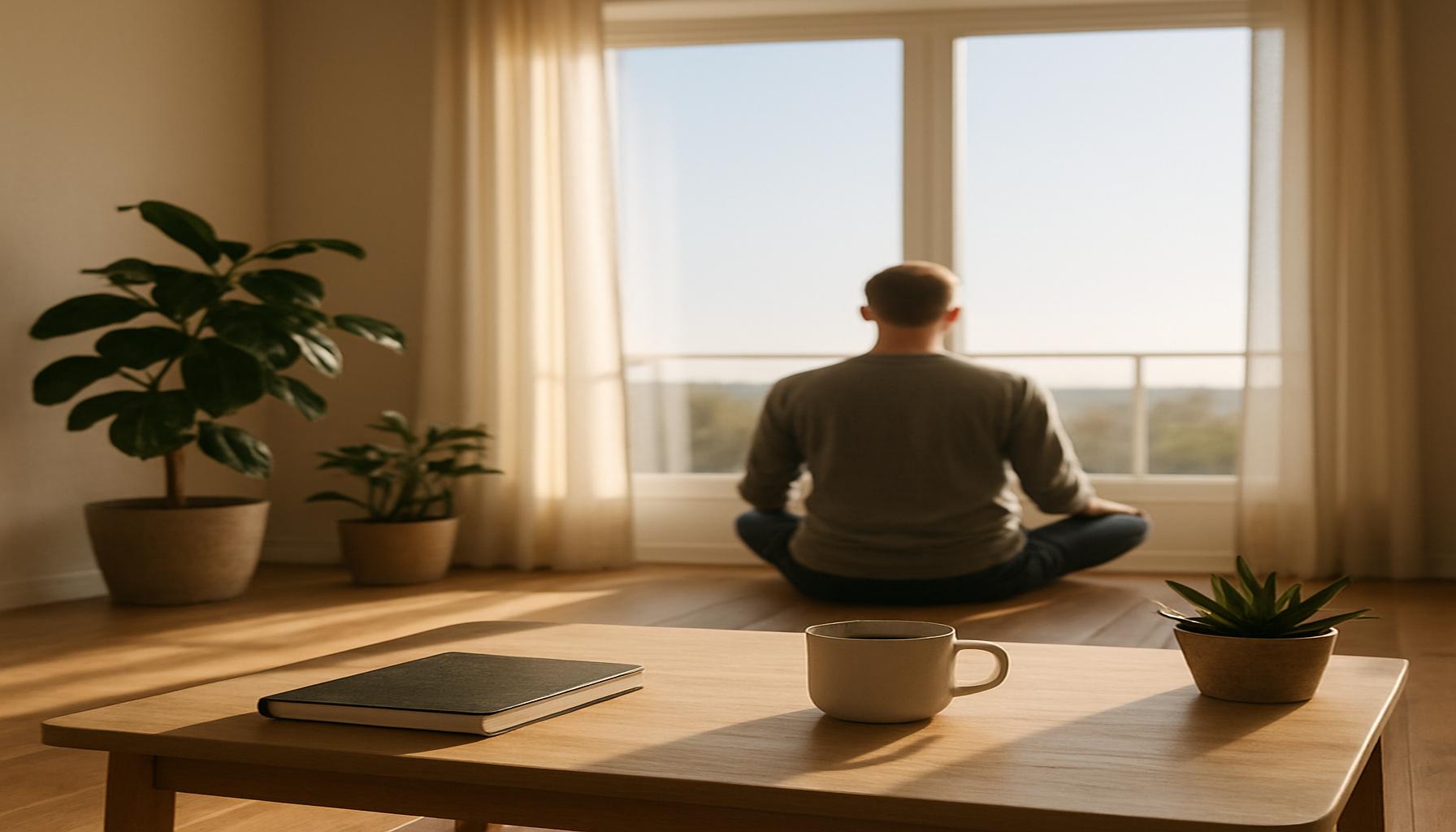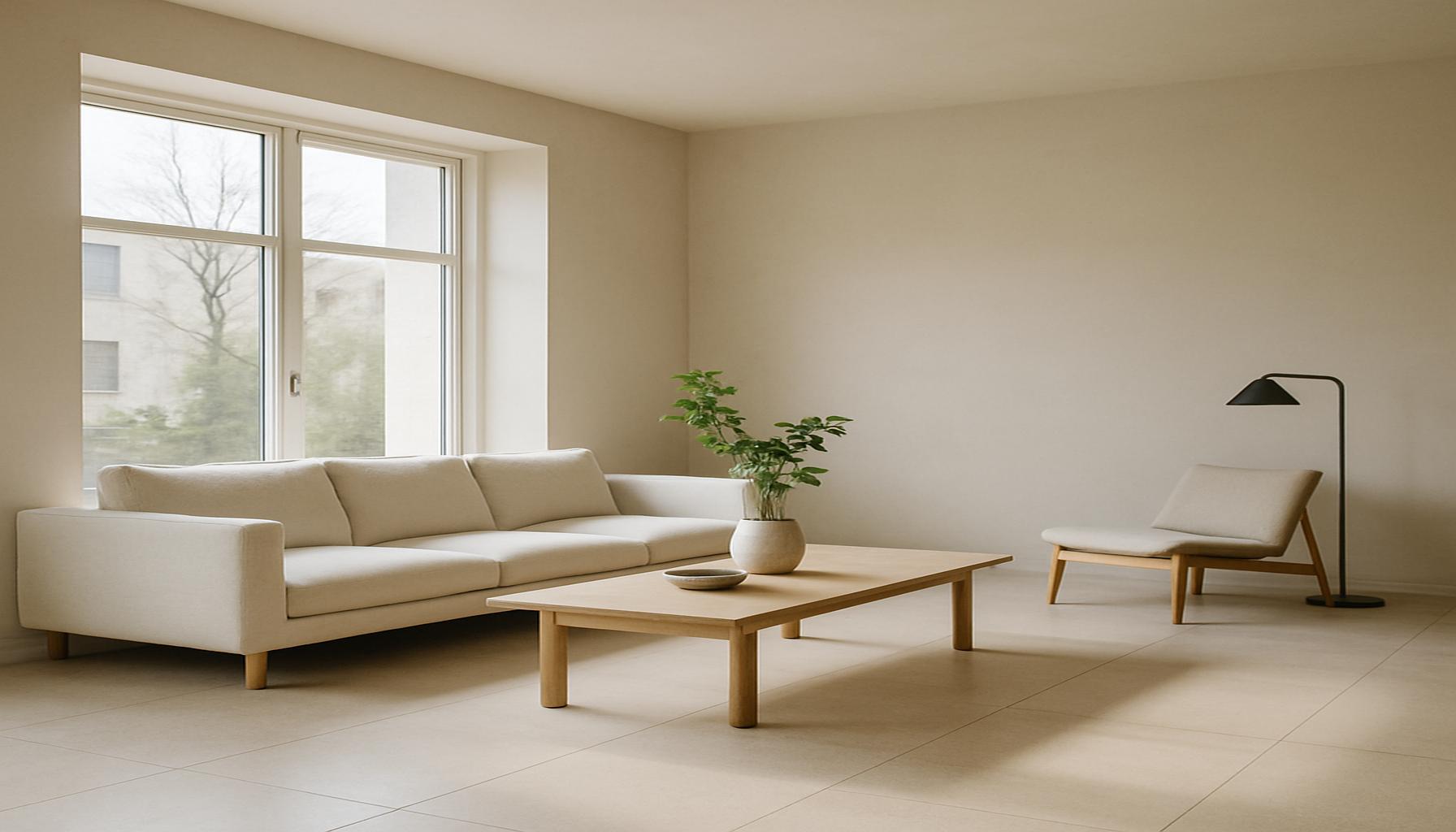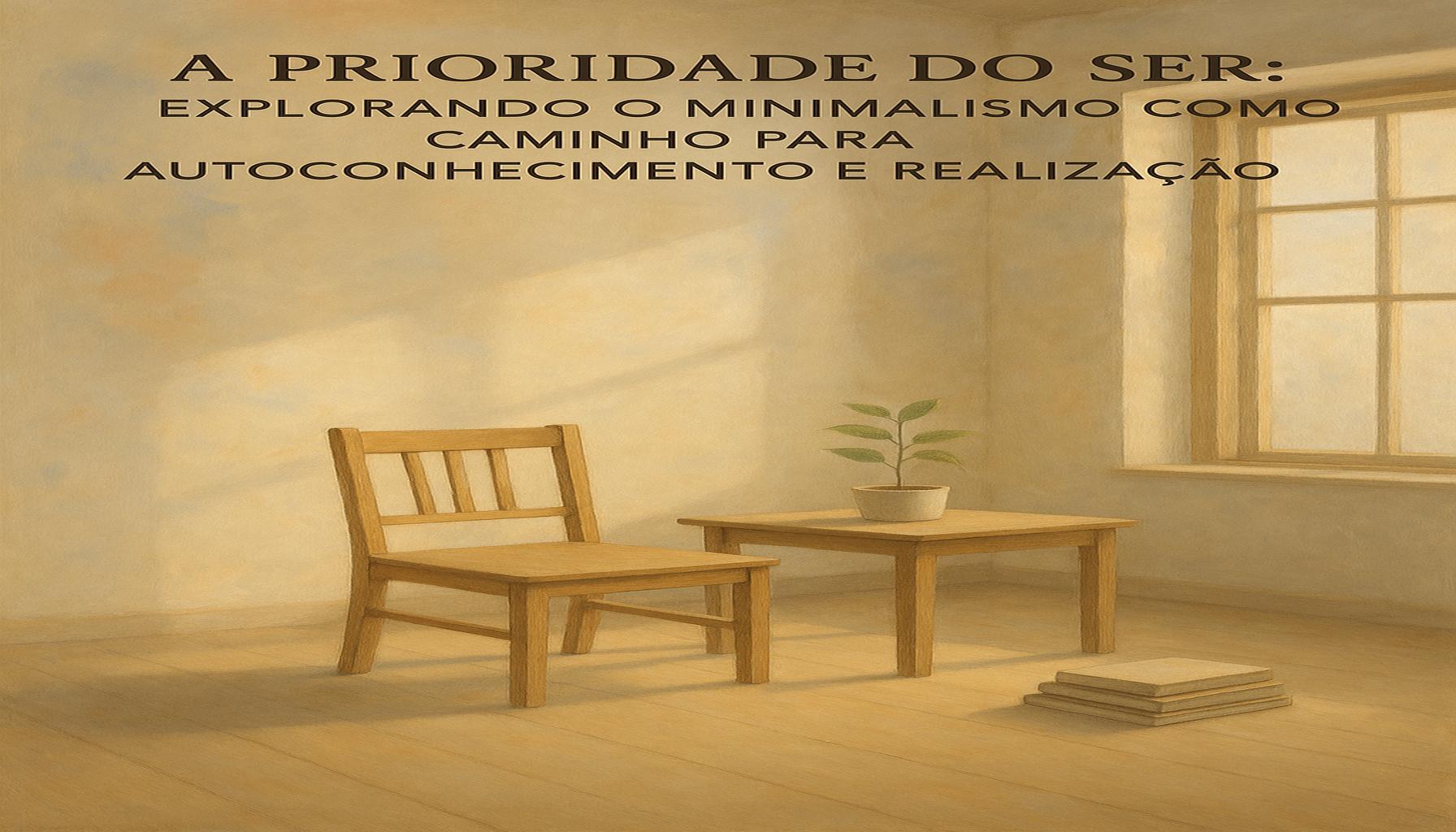Creating Clarity Spaces: The Importance of Prioritizing the Environment for a Minimalist Lifestyle
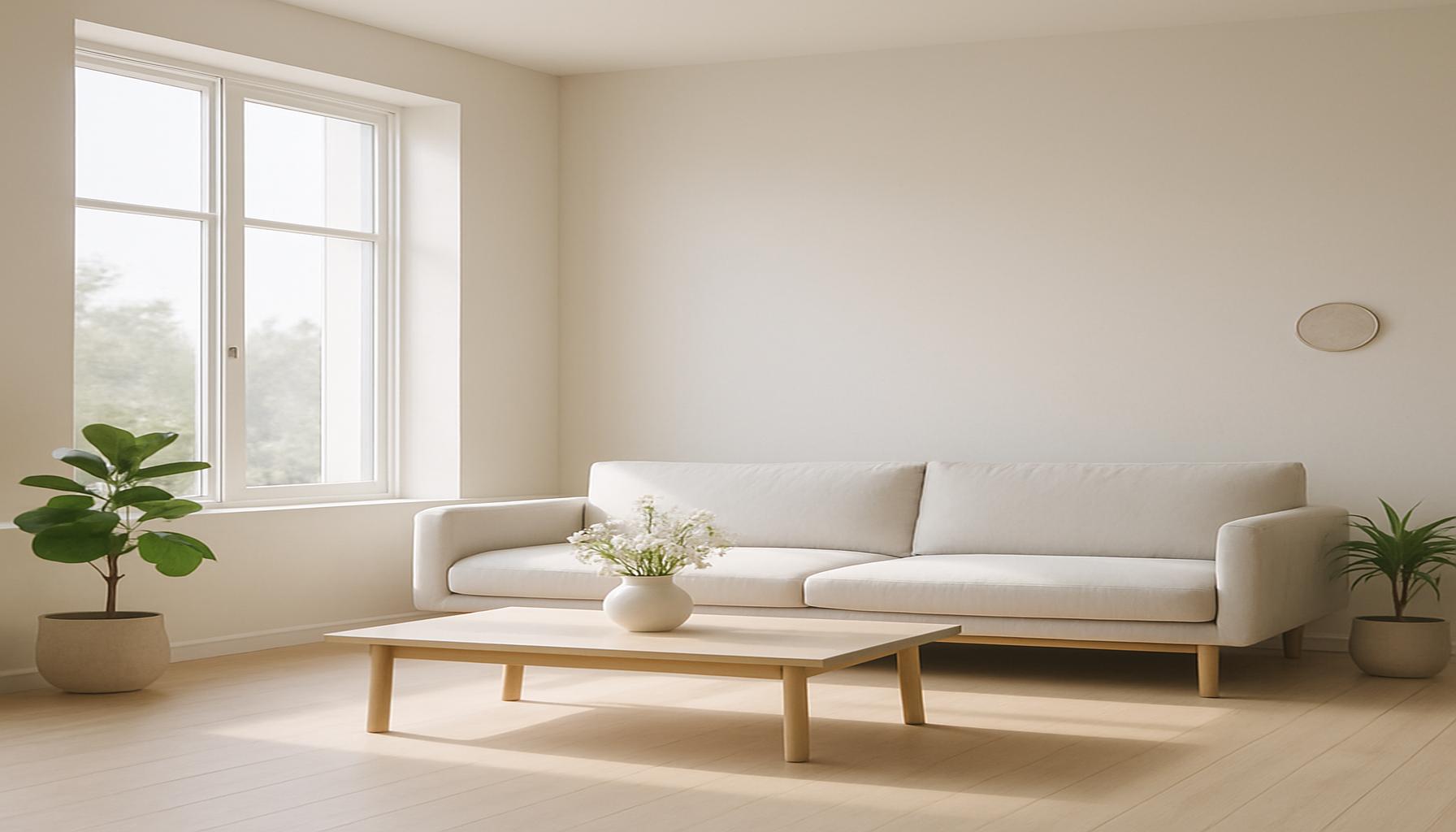
Understanding Clarity Spaces
In recent years, the rise of minimalism has not only influenced personal lifestyles but has also ignited a broader movement toward creating clarity spaces—environments designed to enhance focus and promote tranquility. These spaces serve as sanctuaries amid the chaos of modern life, particularly as many Americans grapple with the demands of busy schedules and the pervasive influence of technology. The elements that characterize clarity spaces do much more than beautify a home or office; they cultivate a profound sense of peace.
Key Characteristics of Clarity Spaces
The essence of a clarity space can be distilled into several core attributes:
- Decluttered Areas: A clutter-free environment has been shown to help foster a more open and inviting atmosphere. Research suggests that too much clutter can contribute to feelings of stress and overwhelm. By systematically removing unnecessary items, you create a space where your mind can breathe and function at its best. For example, consider adopting a “one in, one out” policy for belongings and utilizing storage solutions that keep surfaces clear.
- Natural Elements: Bringing nature indoors is crucial to enhancing our well-being. Studies have found that incorporating plants into your environment can not only purify the air but also boost mood and cognitive function. Sunlight, too, plays a vital role; it helps regulate our internal clocks and increases serotonin production, contributing to an overall sense of happiness. Think about having a small desk plant, or redesigning your space to allow natural light to flood in.
- Functional Design: A space that only includes furniture that serves a purpose encourages streamlined daily activities and prevents unnecessary distractions. For instance, a well-organized workspace that features a comfortable chair, a robust desk, and minimal accessories can enhance productivity significantly. When items in the space serve a clear function, there’s less room for chaos.
The Psychological Benefits of Clarity Spaces
Beyond aesthetics, the impact of clarity spaces on our emotional health cannot be overstated. Numerous studies indicate that a well-organized environment can lead to:
- Enhanced Focus: Clutter is a notorious distraction. Reducing visual noise allows for deeper concentrations on tasks at hand. For instance, in workplaces where spaces are intentionally designed with minimal distractions, employees often report higher levels of satisfaction and productivity.
- Lower Stress Levels: A calming space equipped with soft colors, natural materials, and elements of nature can actively contribute to reducing anxiety. This could simply mean creating a designated relaxation corner in your home equipped with soft cushions and calming decor where you can unwind after a long day.
- Increased Creativity: A serene environment fosters innovative thinking. When your space is not filled with distractions, your brain can make connections more freely. This is crucial for artists, writers, and entrepreneurs seeking to brainstorm new ideas or projects.
Conclusion
As the search for balance continues among individuals across the United States, the concept of clarity spaces emerges as a significant aspect of fostering a fulfilling life. By focusing on the arrangement and aesthetic of our environments, we unlock not just personal satisfaction but also enhance our ability to function effectively in our respective realms. Investing time and resources into creating a clarity space ultimately leads to a richer, more enlightened experience of daily living.
DISCOVER MORE: Click here to enhance your focus
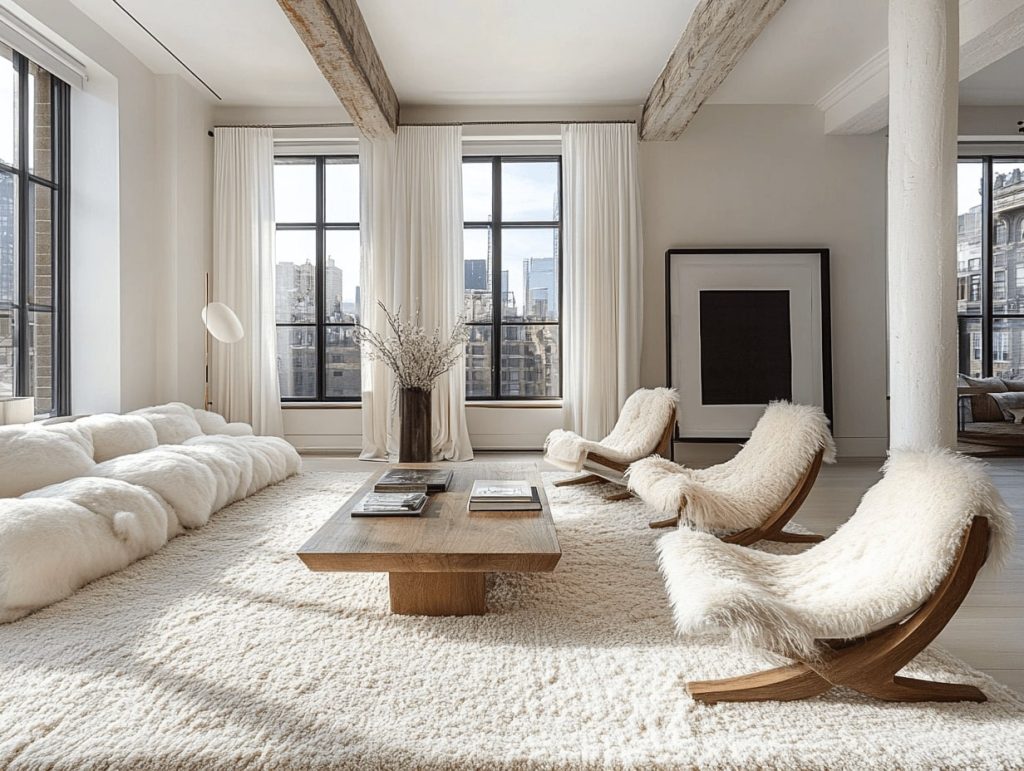
Transforming Your Environment for Minimalism
To fully embrace the benefits of a minimalist lifestyle, the first step is often a thorough examination and transformation of your environment. The spaces we inhabit have a powerful influence on our thoughts, actions, and overall well-being. A well-conceived clarity space not only aids in decluttering but also establishes an atmosphere conducive to mindfulness and productivity. This transformational journey requires intention, creativity, and an understanding of how to align your physical environment with your mental goals.
Assessing Your Current Environment
Before embarking on the journey of creating clarity spaces, it is essential to first assess your current environment. Consider each room and space within your home or workplace:
- Identify Clutter Hotspots: Take a quick survey of your spaces to pinpoint areas that accumulate clutter. This could be a kitchen counter overflowing with gadgets or a home office filled with unfiled paperwork. Recognizing these hotspots helps direct your decluttering efforts effectively.
- Evaluate Functionality: Reflect on whether your current setup truly serves the activities you engage in daily. Are your furniture and decor enhancing your productivity or are they merely occupying space? Understanding what functions best for your lifestyle will bolster a sense of clarity.
- Consider Aesthetics: The visual aspects of your spaces can heavily influence your mood. Lighting, color, and style all contribute to the environment’s overall ambiance. Are the colors you’ve chosen calming and rejuvenating, or do they contribute to feelings of restlessness? Assess the impact these elements have on your mental clarity.
Designing a Clarity Space
Once you have a comprehensive understanding of your current environment, the next step is to design a space that promotes minimalism and clarity. Here are several strategies to consider:
- Simplify Color Schemes: A minimalist palette often utilizes soft, neutral colors to create a serene atmosphere. Shades of white, beige, and pastel tones can make a space feel open and inviting, reducing visual distractions and promoting peace of mind.
- Utilize Multi-Functional Furniture: Opt for furniture that serves multiple purposes, such as storage ottomans or foldable desks. This approach minimizes the number of items in your space while maximizing functionality, an essential principle of minimalism.
- Designate Clear Zones: Establish specific areas in your home or office for particular activities, such as reading, working, or exercising. By creating distinct zones, you enhance focus and productivity, as each area is curated for a unique purpose.
As people seek to harmonize their physical spaces with their internal desires for tranquility and clarity, embracing these design strategies can be invaluable. Prioritizing the environment not only facilitates a minimalist lifestyle but also resonates deeply with our intrinsic need for peace amidst the chaos of modern life. Ultimately, the journey toward creating clarity spaces can lead to a more intentional, centered way of living.
As we delve deeper into the concept of “Creating Clarity Spaces,” it’s essential to recognize how a minimalist lifestyle can profoundly influence our mental and physical well-being. Prioritizing the environment around us effectively clears the clutter—not just from our spaces, but from our minds as well. The principles of minimalism encourage individuals to focus on what truly matters, leading to a more meaningful and intentional life.When one embraces a minimalist approach, the importance of sustainable living emerges. By choosing to invest in eco-friendly products and practices, individuals can significantly reduce their environmental footprint. Simple actions such as decluttering possessions and opting for sustainable materials help create a serene atmosphere that fosters tranquility and peace. It’s about making room for not only physical space but also for mental clarity.Furthermore, the deliberate choice to prioritize quality over quantity leads to positive habits and a deeper appreciation for surrounding elements. By surrounding ourselves with meaningful items, the distractions caused by excess are minimized, enhancing concentration and productivity. This enhanced clarity resonates throughout various facets of life, from personal relationships to career ambitions.Adopting a minimalist lifestyle additionally cultivates mindfulness. It encourages us to be present and fully engaged with our choices, both in how we curate our surroundings and how we interact with the world. By being conscious consumers, we promote a healthier environment, consequently impacting our communities positively.To truly appreciate the essence of a minimalist lifestyle, one must explore how these principles align with environmental stewardship. By implementing small changes, individuals can initiate a ripple effect, fostering a more sustainable and enriching lifestyle.
DISCOVER: Click here to learn about the emotional benefits of decluttering
Enhancing Mindfulness Through Environmental Optimization
Creating clarity spaces extends far beyond mere aesthetics; it is fundamentally intertwined with enhancing mindfulness and self-awareness. Each element in your environment can catalyze a more intentional approach to daily living. By prioritizing components that serve not just functional but also emotional purpose, you enable a holistic sense of balance and well-being.
Incorporating Natural Elements
One of the most profound ways to enhance your clarity space is by integrating nature-inspired elements. Numerous studies suggest that exposure to natural elements can significantly reduce stress and elevate mood. Here are ways to incorporate nature into your environments:
- Houseplants: Introducing greenery, such as succulents, ferns, or snake plants, can purify the air and bring life into your spaces. Plants not only add visual appeal but also promote an atmosphere of serenity. Research indicates that plants can improve concentration and boost productivity by as much as 15%.
- Natural Light: Maximize the use of natural sunlight by keeping windows unobstructed and using sheer curtains. Sunlight regulates circadian rhythms and has been shown to improve mood and focus. If natural light is scarce, consider a light therapy lamp as an alternative to mimic its effects.
- Organic Materials: Utilize materials like wood, stone, and glass in your furnishings and decor. These elements evoke a sense of grounding and connection to the earth, fostering a tranquil environment that resonates with minimalism.
Creating a Routine that Reflects Your Space
Once your environment has been optimized, creating a routine that harmonizes with your clarity spaces can further deepen your engagement with minimalism. Routines foster a sense of purpose and structure, allowing you to operate intentionally amidst daily distractions:
- Morning Rituals: Establish a morning practice that involves quiet reflection or meditation in your clarity space. This dedicated time fosters mindfulness and sets a positive tone for the day ahead.
- Declutter Regularly: Implement a weekly ritual of reassessing and decluttering personal belongings. This proactive strategy prevents accumulation and maintains the integrity of your clear spaces.
- Mindful Breaks: Throughout your day, take short mindfulness breaks in your clarity space. Step away from tasks to recharge by engaging your senses—savor a cup of herbal tea or immerse yourself in the fragrance of essential oils.
Leveraging Technology for a Minimalist Mindset
In our digitized world, technology can either clutter our lives or empower our minimalist journey, depending on how we leverage it. Here are several strategies for integrating technology mindfully:
- Organizational Apps: Utilize digital organizational tools like Trello or Todoist to streamline tasks. This approach reduces paper clutter while enhancing your workflow, keeping your clarity spaces serene.
- Digital Decluttering: Regularly review and delete unnecessary files, applications, or subscriptions. A clear digital workspace reduces stress and mirrors the physical decluttering process, ensuring all your environments align.
- Mindfulness Apps: Consider using apps like Headspace or Calm, which offer guided meditations and breathing exercises. These digital resources can help maintain a grounded mindset, perfectly complementing your clarity spaces.
Embracing such practices not only champions the principles of minimalism but also enhances your daily experience, fostering a deeper understanding of how intentional environments can impact mental clarity and overall health.
DISCOVER MORE: Click here to enhance your focus
Conclusion: The Power of Clarity Spaces in Minimalism
In today’s fast-paced world, the quest for tranquility and focus is more essential than ever. Creating clarity spaces is not just a trend; it’s a pivotal step toward fostering a minimalist lifestyle that emphasizes intentionality and well-being. As we’ve explored, the integration of natural elements, mindful routines, and digital organization can transform your environment into a sanctuary, promoting a profound sense of peace.
By allowing nature to permeate your space through plants or natural lighting, you invite stress reduction and enhanced productivity. Moreover, crafting a daily routine that aligns with your clarity spaces solidifies the intention behind clearing physical and mental clutter. This intentionality extends beyond the home, influencing how you engage with the world around you.
Furthermore, leveraging technology can keep you on the path of minimalism rather than detracting from it. Utilizing apps for organization and mindfulness serves to create clarity not just in your physical space but also in your mental landscape. As you declutter both your environments—physical and digital—you enable a clearer, more focused mind, essential for thriving in the modern age.
Ultimately, prioritizing clarity spaces sets the stage for profound growth and self-discovery. This journey toward minimalism enriches your life experience, encouraging you to seek not just material simplicity but inner clarity. As you embark on this process, remember that every small step contributes to a larger journey of intentional living—much like the spaces you create. Explore, experiment, and embrace the beauty of a clearer, more purposeful existence.
